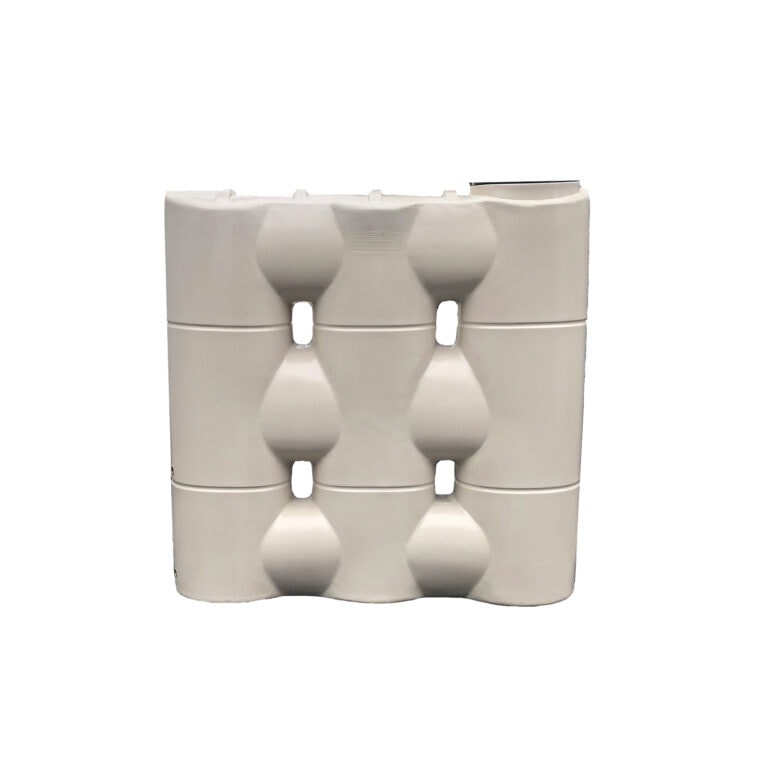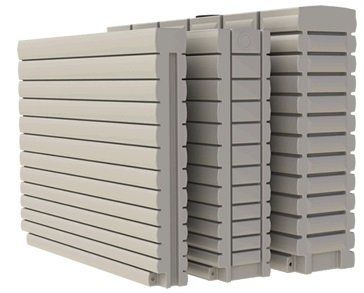Discovering the Different Usages of Rainwater Containers for Residential and Commercial Qualities
As the international concentrate on lasting living techniques proceeds to increase, the utilization of rain tanks in both residential and commercial setups has emerged as a pertinent option. These tanks supply a storage tank for rain harvesting, providing a myriad of possible applications that extend far past plain storage space. From irrigation to bathroom flushing and landscaping, the versatility of rainwater tanks is vast. Their assimilation into industrial residential or commercial properties opens up a world of possibilities for eco conscious organizations. The diverse uses rainwater storage tanks provide an engaging case for their adoption, not just as a sensible water-saving step yet likewise as a testimony to responsible resource monitoring.
Advantages of Making Use Of Rain Containers
Making use of rainwater storage tanks offers many advantages for both families and communities in regards to water preservation and sustainability. Among the key benefits of making use of rainwater containers is the considerable reduction in reliance on keys water - Slimline water tanks. By catching and storing rainwater for later use, people and neighborhoods can lower their demand for cured water, eventually reducing the problem on water treatment facilities and lowering energy consumption linked with water transportation and therapy
In addition, rainwater gathering through tanks gives a reliable alternative water resource throughout times of water limitations or lacks. This saved rainwater can be used for different non-potable purposes such as watering, purging bathrooms, and washing garments, decreasing the pressure on conventional water resources. In addition, utilizing rain storage tanks can lead to set you back financial savings for both homes and communities by reducing water expenses and reducing the requirement for pricey infrastructure expansions to satisfy growing water needs.
Essentially, the application of rainwater storage tanks supplies a sustainable and eco-friendly method to water monitoring, profiting both individual users and the broader community in regards to water conservation, cost-efficiency, and resilience.
Rain Storage Tank Usage in Irrigation
Given the advantages of rainwater tanks in preserving water resources and lowering dependence on keys water system, a significant application exists in utilizing stored rainwater for irrigation purposes - Slimline water tanks. Rainwater collecting systems can efficiently gather and save rain, providing a lasting water resource for watering gardens, lawns, and farming areas. By utilizing rainwater for irrigation, homeowner can minimize their dependancy on treated water resources, leading to set you back savings and ecological benefits

Among the primary benefits of using rain for irrigation is its purity. Rainwater is normally soft and devoid of the chemicals and additives often discovered in keys water, making it perfect for beneficial plants without the threat of harmful impacts. Additionally, rainwater goes to ambient temperature, which can benefit plant growth by avoiding temperature level shocks that can occur with chilly keys water.
Rain Tanks for Toilet Flushing

Implementing rain containers for commode flushing is a cost-effective and eco-friendly practice that can be quickly integrated right into both domestic and commercial homes. The saved rain can be made use of to purge bathrooms by connecting the container to the existing pipes system. This simple yet reliable option can significantly reduce water consumption in a building, particularly in locations where water deficiency is an issue.

Including Rain Storage Tanks in Landscape Design
An effective technique for improving sustainability in landscape design involves incorporating rain containers to optimize water usage and advertise eco-friendly practices - Slimline water tanks. Integrating rain tanks in landscaping provides countless advantages for both property and business properties. These tanks can capture and save rainwater runoff from roofings, which can after that be utilized for watering yards, view it now grass, and plants. By making use of rainwater for irrigation objectives, residential or commercial property proprietors can minimize their reliance on local water sources, resulting in cost financial savings and conservation of priceless water resources.
Along with providing a sustainable water resource for landscape design requirements, rain containers can additionally aid in taking care of stormwater overflow. By recording rain that would otherwise stream into storm drains pipes, these containers can mitigate erosion, decrease flooding threats, and stop air pollution of all-natural water bodies. Additionally, including rainwater tanks in landscape design can add to the overall aesthetic allure of the building, showcasing a dedication to environmental stewardship.
Commercial Applications of Rainwater Containers
Utilizing rainwater containers in business settings offers a sustainable remedy for water administration and conservation, benefiting services and the atmosphere alike. One vital business use is for irrigation functions, where gathered rain can be used to water landscaping, yards, and farming areas bordering industrial buildings.
Additionally, rainwater accumulated in containers can be treated and used for non-potable objectives within business residential properties, such as flushing toilets, cleaning, and cooling down systems. On the whole, the consolidation of rain containers in business setups presents a useful and eco liable strategy to water management.
Final Thought
From irrigation to toilet flushing and landscaping, the usage of rain storage tanks can assist save water resources and minimize water expenses. On the whole, the adaptability and sustainability of rainwater containers make them an important investment for any kind of building owner looking to enhance water efficiency.